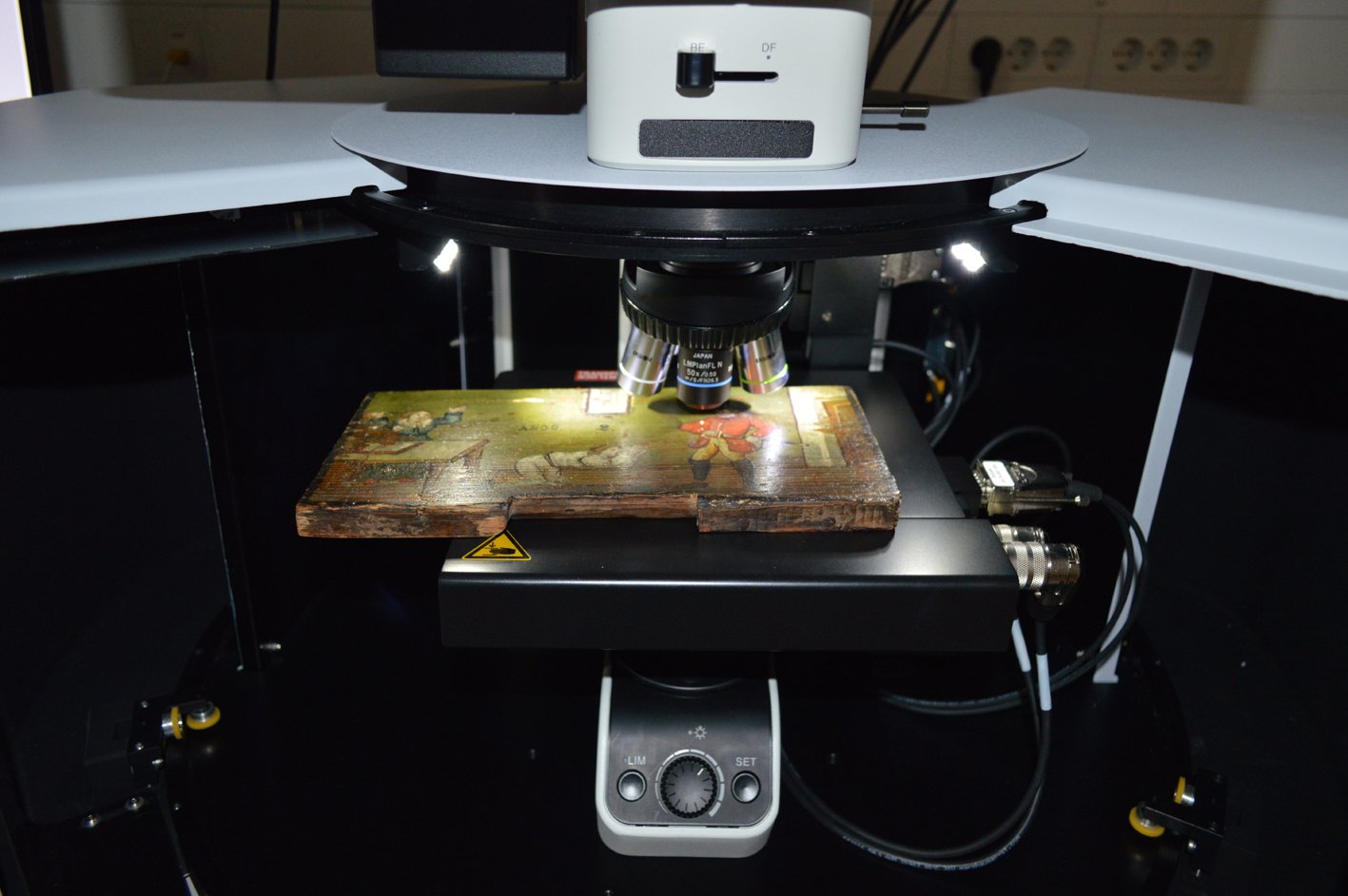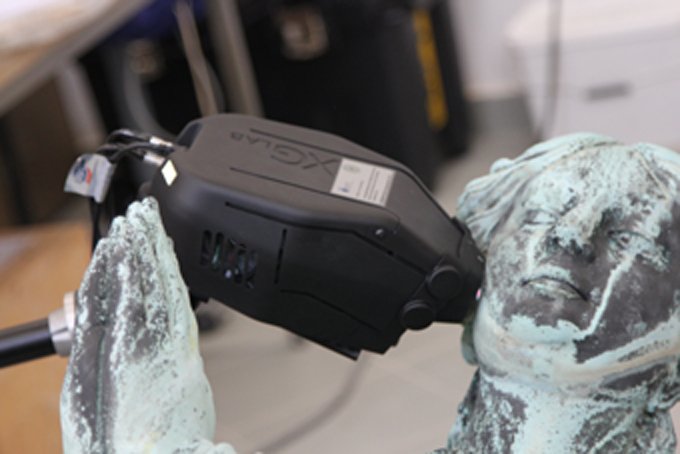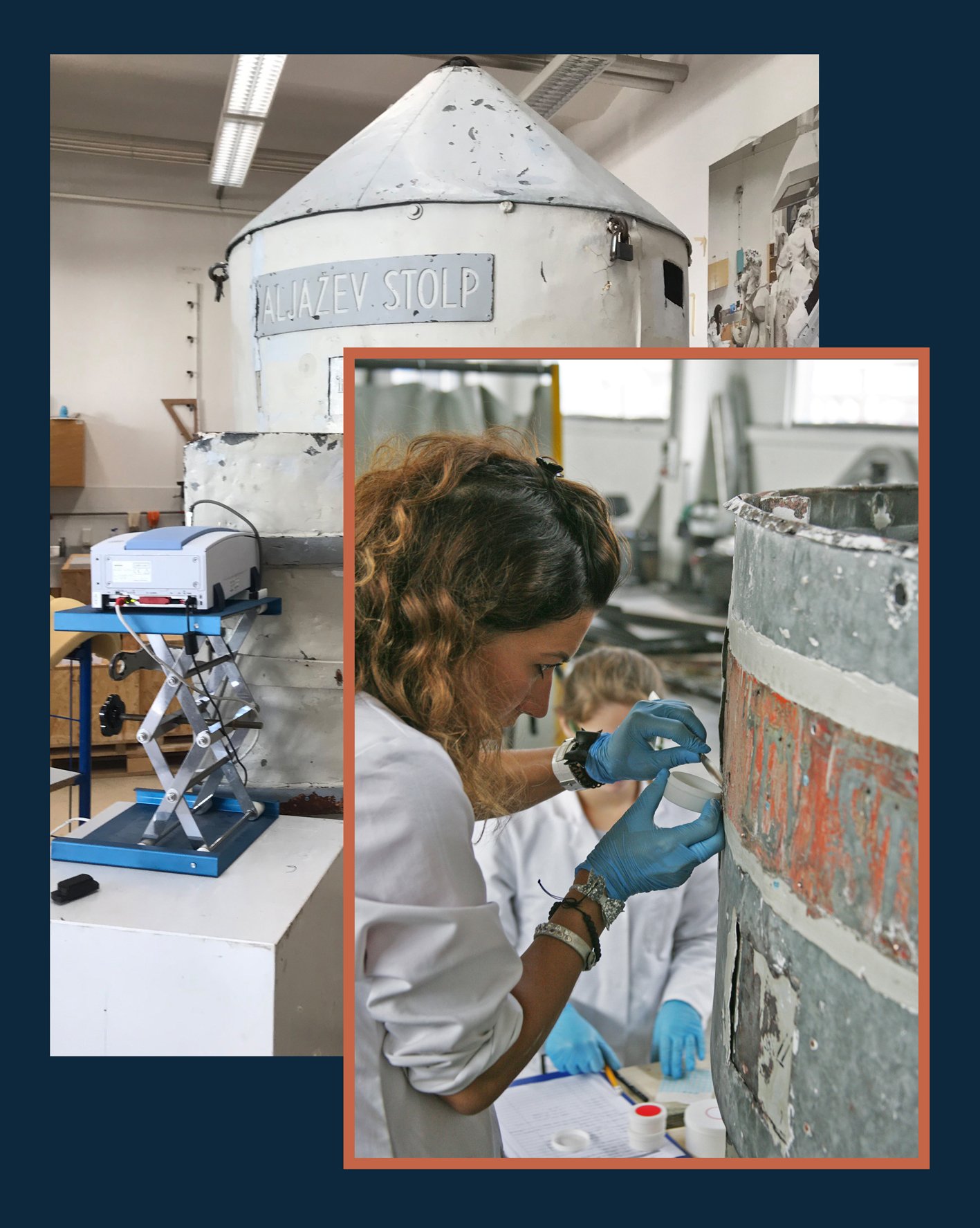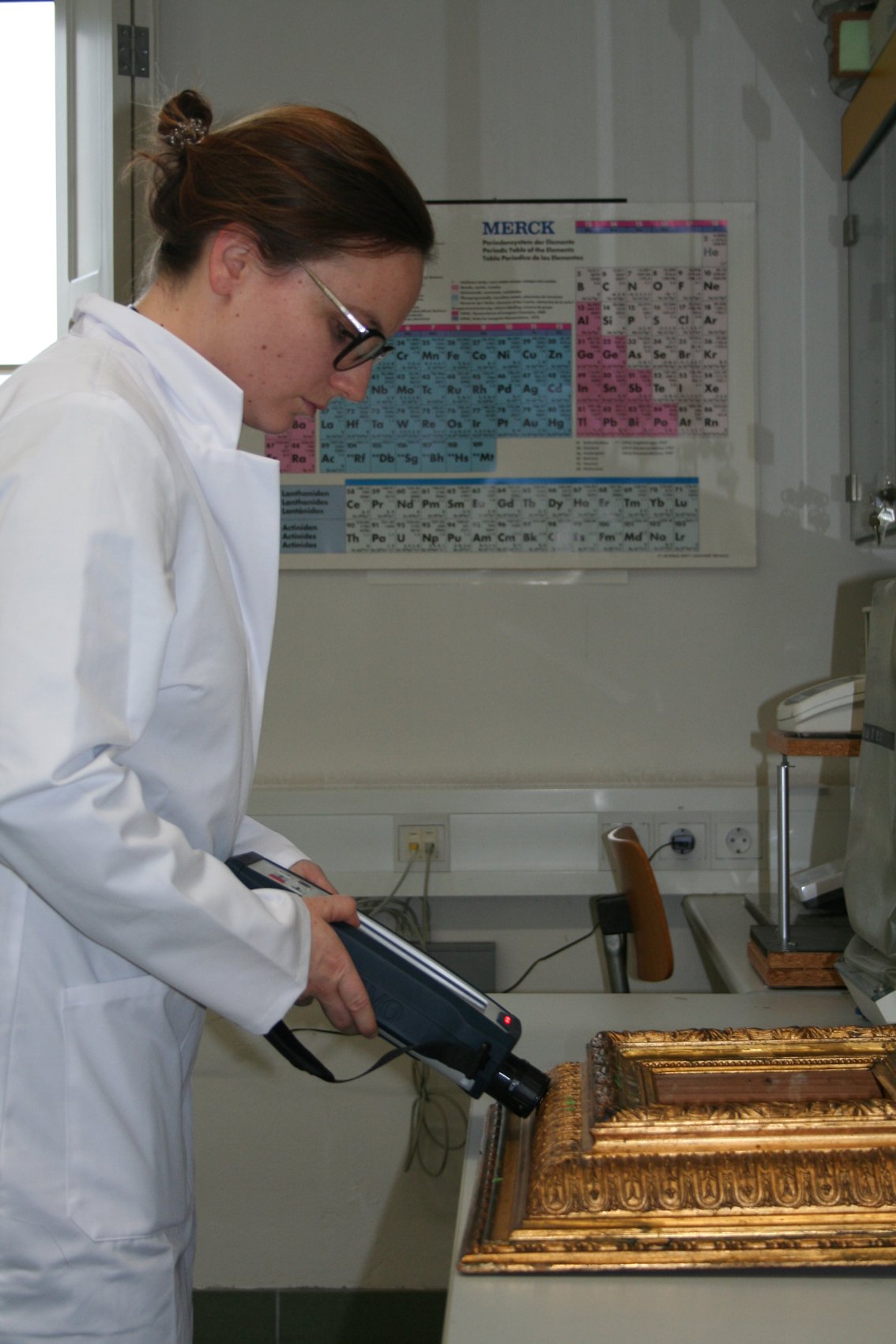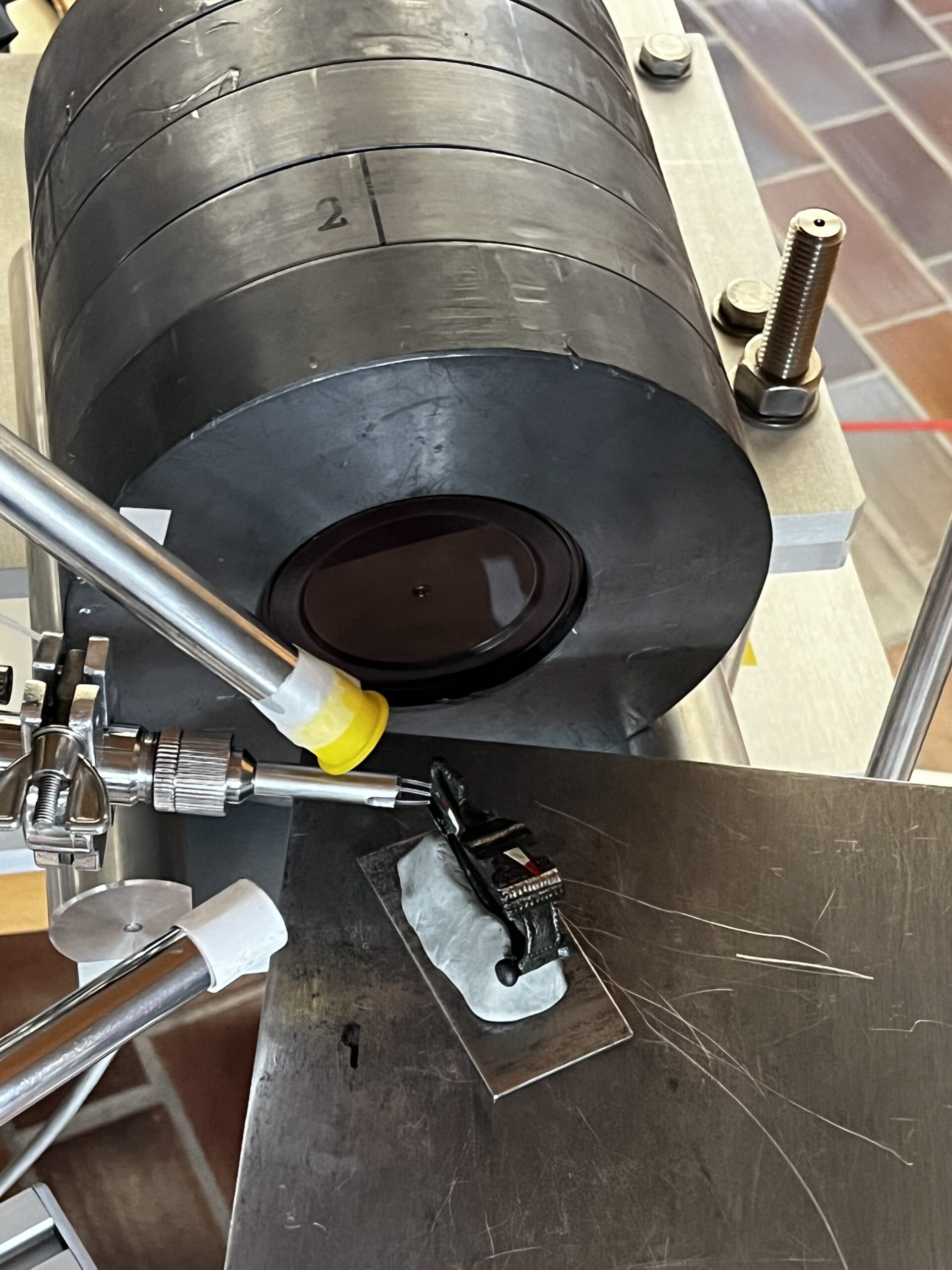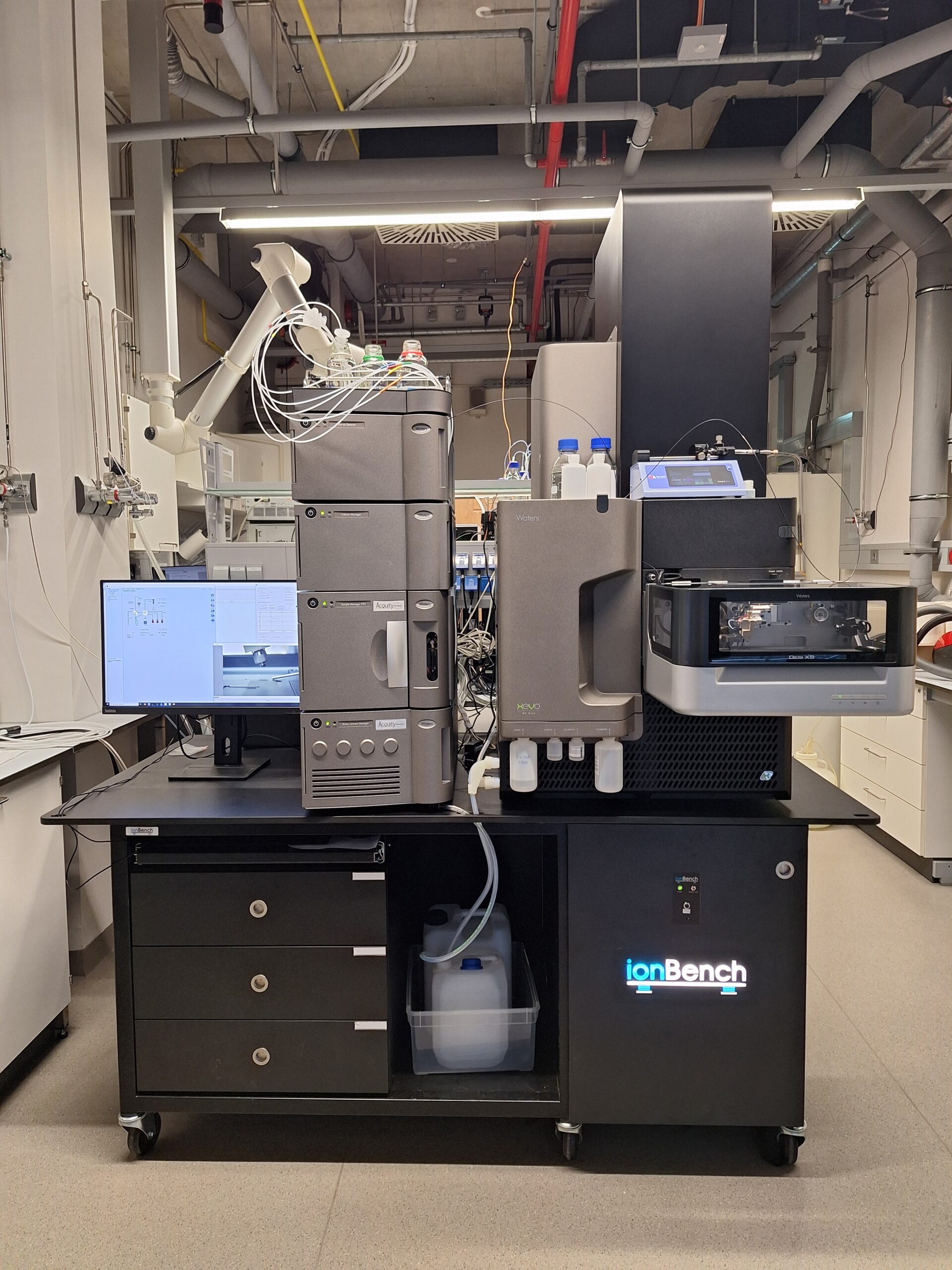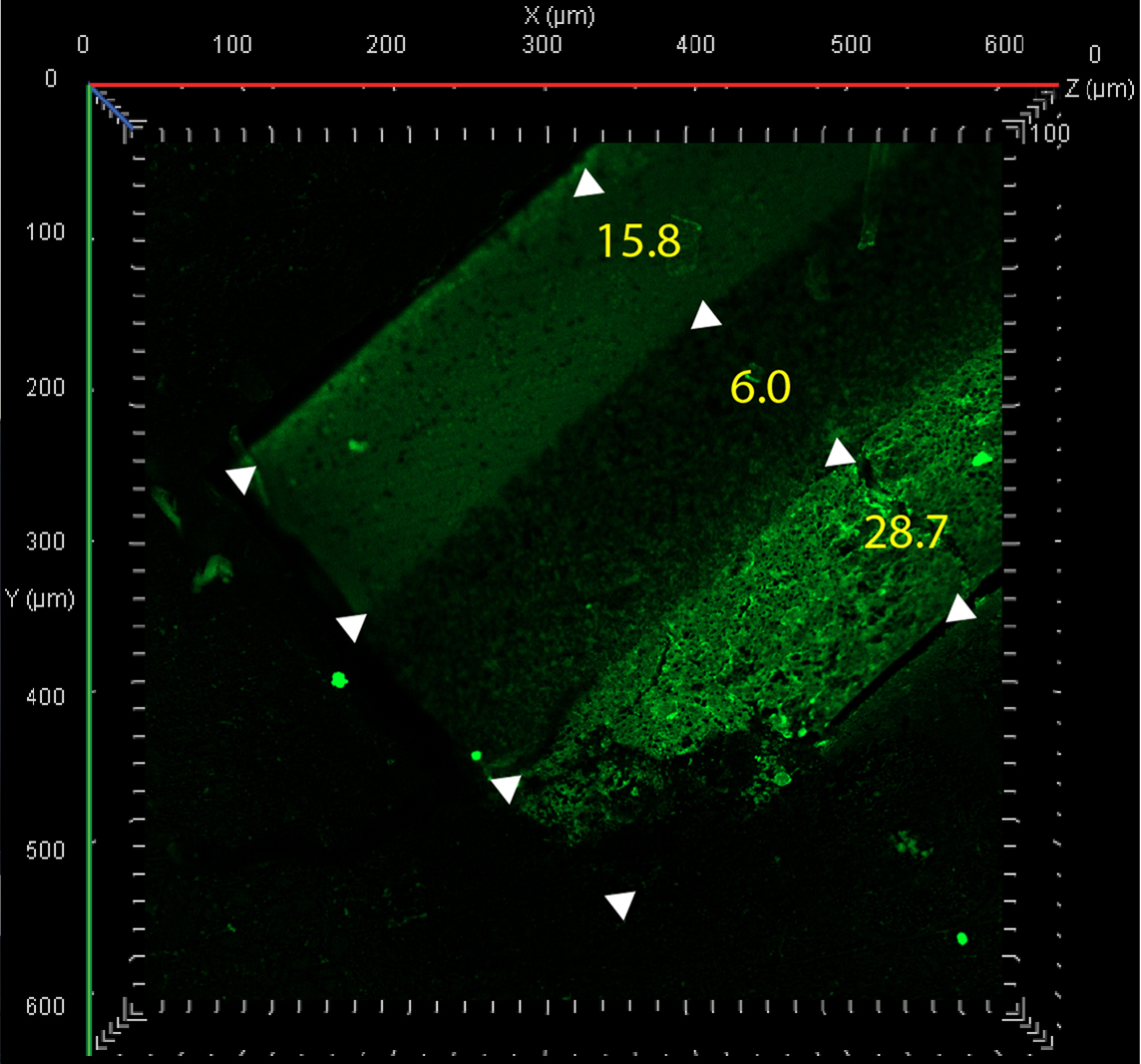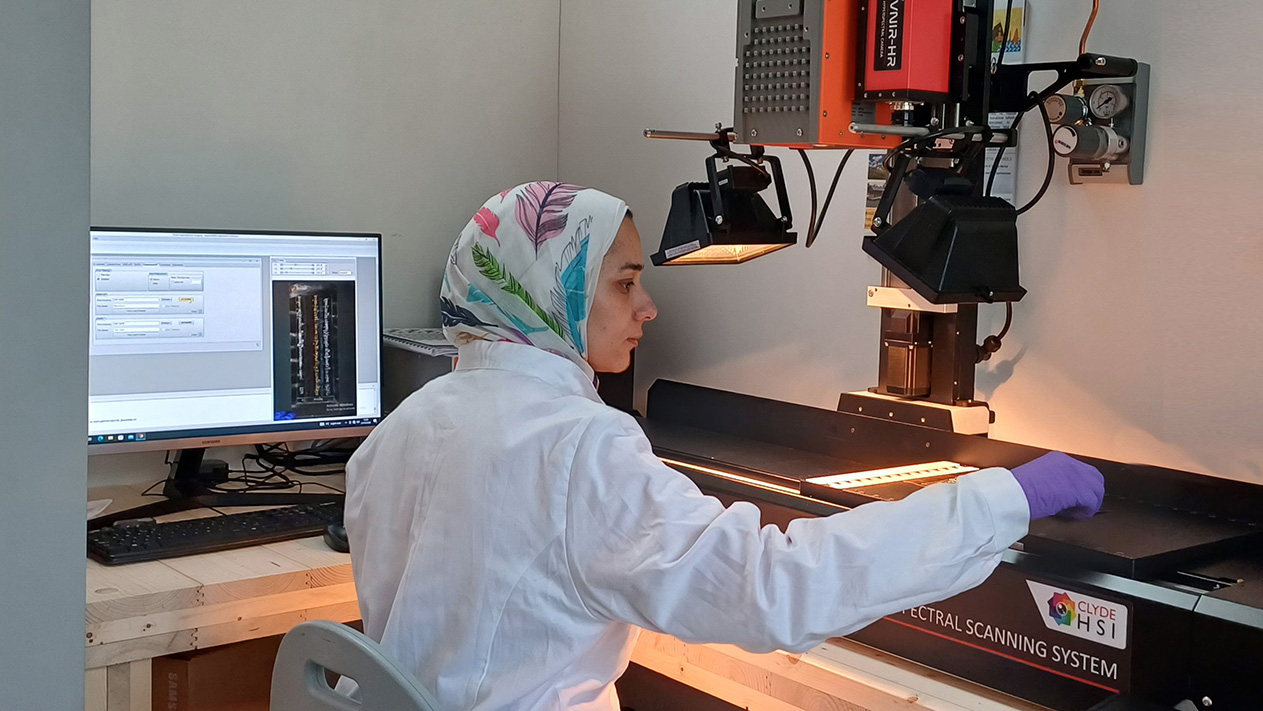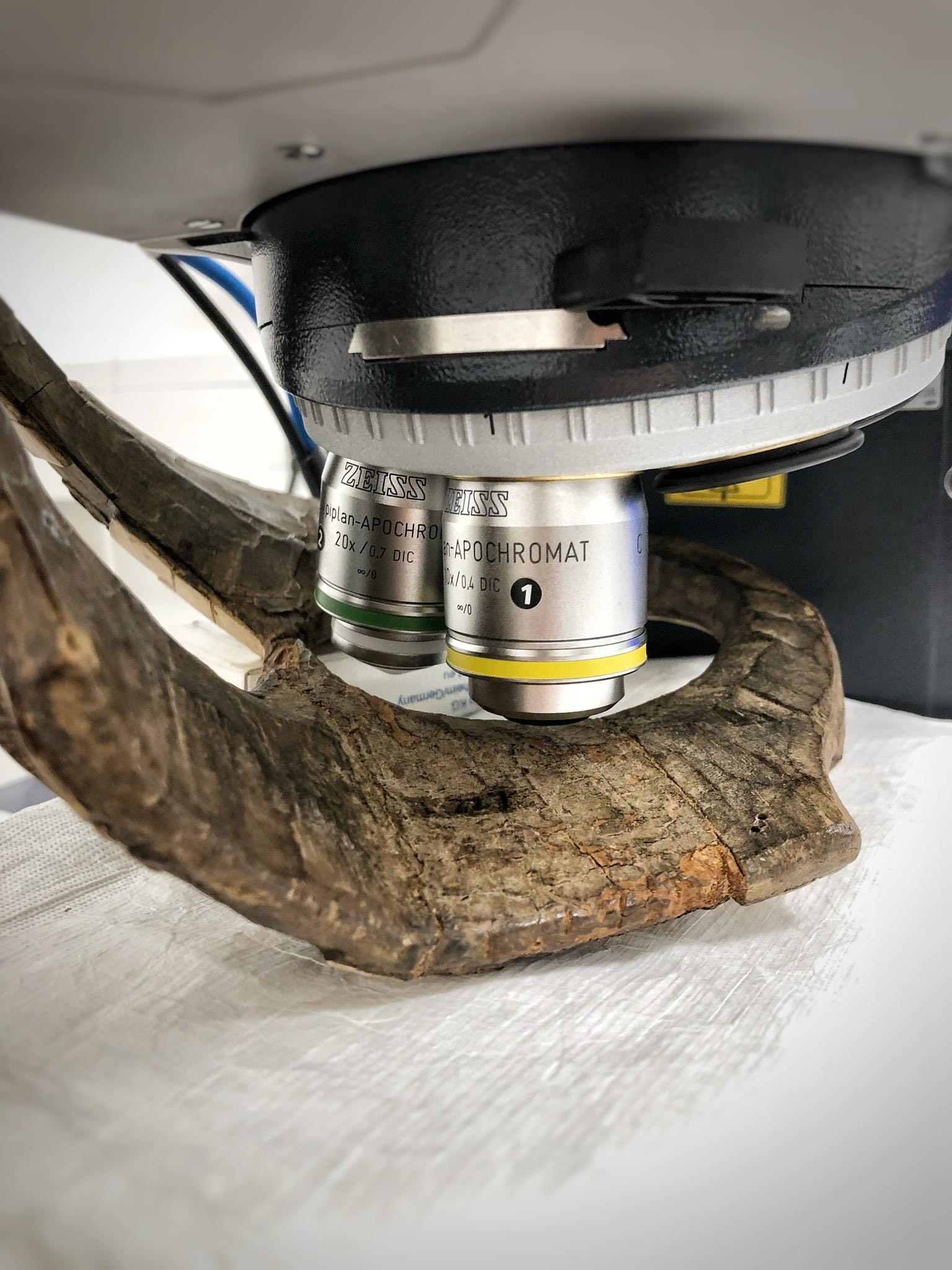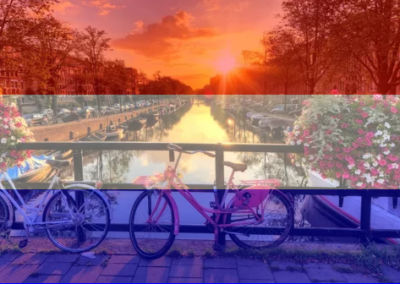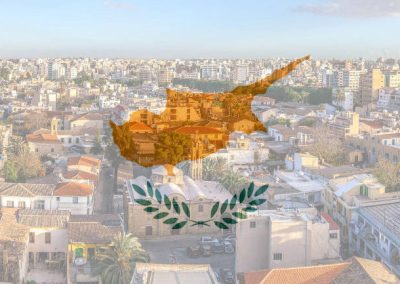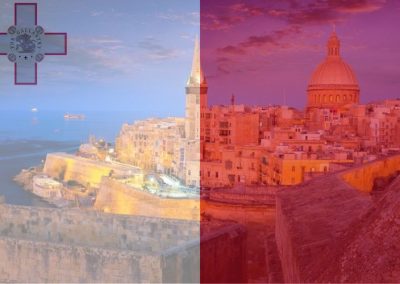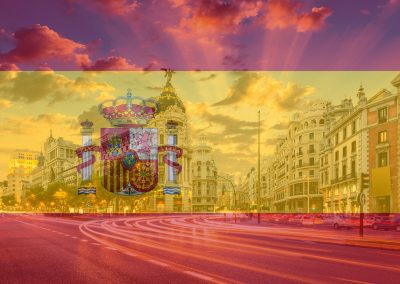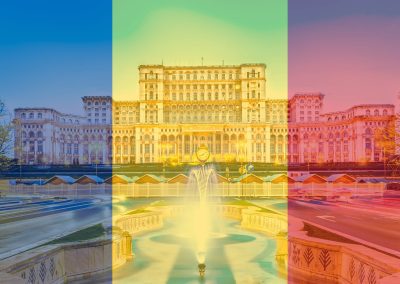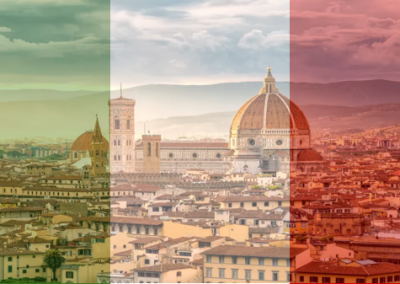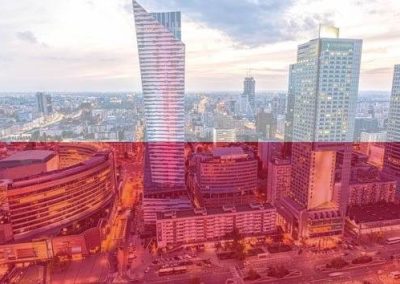E-RIHS Slovenia was established in 2018 with the Memorandum of Understanding between the Institute for the Protection of Cultural Heritage of Slovenia and the University of Ljubljana. The two founding members signed a Consortium Agreement in 2019. A big enlargement of the National Node took place in 2022 when 6 additional institutions joined the Node. Furthermore, E-RIHS has been included in the National Research Infrastructure Roadmap already since 2016. E-RIHS.si supports the leading role of Slovenian heritage science and its international involvement and enables Slovenian cultural and heritage institutions to access research facilities. The remit of E-RIHS.si stretches across the following:
- Research and development of new or improved methods for surveying, characterization and documentation,
- Studies of degradation and stability of materials,
- Research and development in the field of environmental monitoring and preventive conservation,
- Development of methods for conservation-restoration of cultural heritage,
- Research and development of digital tools and methods for processing and analyzing digital data, for documentation, characterization and engagement,
- Awareness raising and advocacy in the field of science and heritage.
Services offered in the country
E-RIHS.si offers access to numerous advanced methods, some are listed here:
- surface and 3D documentation (2D and 3D elemental composition (LA-ICP-MS), surface distribution of molecules (MS/MS DESI-ToF), surface distribution of ions – 2D and 3D imaging (MS/MS ToF-SIMS) point cloud capture (terrestrial scanning, structured light scanning)
- chemical methods (non-invasive characterization with portable instruments (Hyperspectral imaging, Raman, IR, XRF spectroscopy), stratigraphical analyses of samples’ cross-sections and distribution of material components (IR and Raman microscopy, SEM-EDS), analysis of macromolecular materials (HPLC, MS/MS DESI-ToF, SEC), elemental analysis and mapping (PIXE-PIGE), degradation studies (photodegradation, thermal degradation with controlled relative humidity, degradation in the presence of pollutants ), other advanced techniques (XPS, MS/MS ToF-SIMS)
- biological methods (Non-invasive characterization of microorganisms on surfaces (fluorescence microscopy and PCR), Characterization of organic compounds (protein binders) (immunofluorescence microscopy and ELISA assay), Determination of resistance to fungal decay, determination of fungicidal properties of individual compounds/materials, determining the resistance of materials to mould growth Identification of fungi (visually based on morphological characters, PCR, determining the concentration of spores in the air
- physical and mechanical methods (Identification of the materials (aggregate and binder), analysis of the distribution and determination of the proportions of the different material components (optical microscopy)
- dating (Dendrochronology)
- environment and prevention (Environmental monitoring (T, RH, wood humidity, VOC) Characterization of microbial spores from air (fluorescence microscopy and PCR)
- digital methods and data interpretation (Watertight 3D model creation, Virtual reconstruction (CAD modeling – geometric shapes, Haptics – free geometric forms), 3D visualization, Virtual presentation of damages and other characteristics with geolocation), BIM – Building Information Modelling
- reference collections
- isotopic methods
These methods and techniques are classified according to the typology of the material or heritage and according to the technique/method.
For more information about the services offered in Slovenia, see the E-RIHS.si online catalogue →

